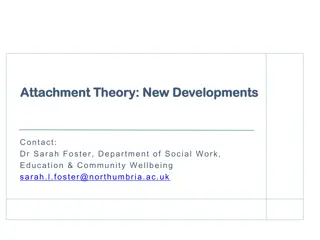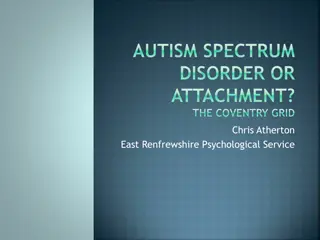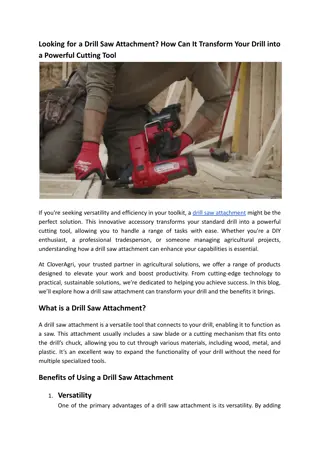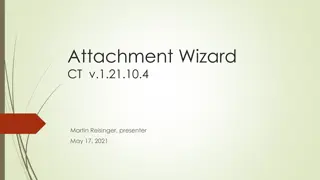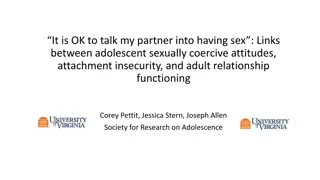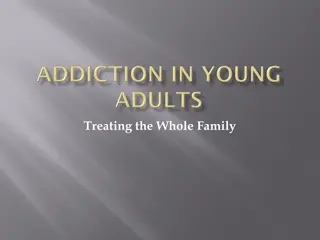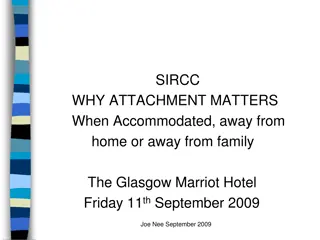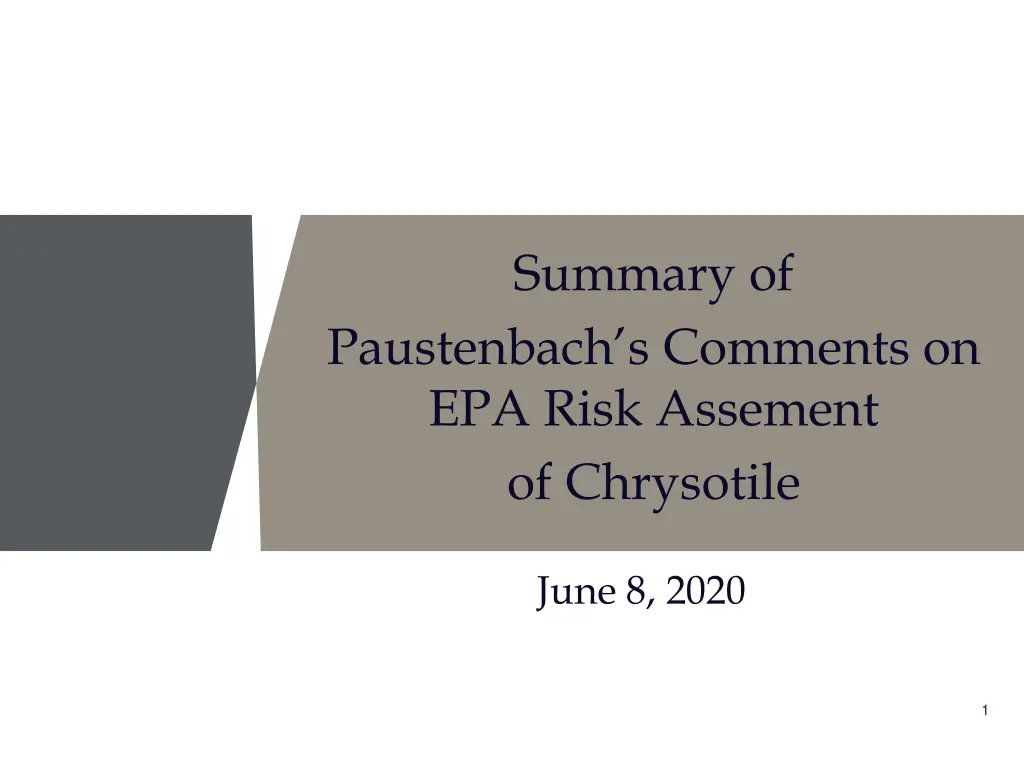
Insights on EPA Risk Assessment of Chrysotile Asbestos
Gain valuable perspective on the EPA's risk assessment of chrysotile asbestos with detailed comments by an experienced chemical engineer and certified IH. Areas of discussion include exposed population estimates, toxicology considerations, and the presence of asbestos in gaskets and brakes. Dive into expert insights challenging prevailing notions on asbestos exposure and health risks.
Download Presentation

Please find below an Image/Link to download the presentation.
The content on the website is provided AS IS for your information and personal use only. It may not be sold, licensed, or shared on other websites without obtaining consent from the author. If you encounter any issues during the download, it is possible that the publisher has removed the file from their server.
You are allowed to download the files provided on this website for personal or commercial use, subject to the condition that they are used lawfully. All files are the property of their respective owners.
The content on the website is provided AS IS for your information and personal use only. It may not be sold, licensed, or shared on other websites without obtaining consent from the author.
E N D
Presentation Transcript
Summary of Paustenbach s Comments on EPA Risk Assement of Chrysotile June 8, 2020 1
My History I am a chemical engineer who practiced in the field and a certified IH who has practiced for 40 years I also have a PhD in inhalation toxicology\ My interest in asbestos goes back more than 20 years and I have probably spent at least 2 hours a day studying asbestos 2 DRAFT
Systematic review I found nearly 100 relevant papers that were not cited in this document. 3 DRAFT
Exposed Population The focus of the document is basically gaskets and brakes. The foundation of the assessment is that Americans today, and in the future, are going to be exposed to raw or encapsulated asbestos. This document estimates that it could be as high as nearly 1,500,000 persons per year. This can not be true. If you got through my 139 pages of comments, you know that I believe no more than 100 persons in the United States may work with raw or encapsulated asbestos (certainly where there might be measurable exposures). In my view, the lifetime doses for any exposed persons will almost certainly be 1,000 to 10,000-fold less than those that might cause an asbestos-related disease. 4 DRAFT
Toxicology It is relatively well accepted, in the asbestos literature, that IF chrysotile can produce mesothelioma (which remains in dispute), it probably only does so at doses that are in the vicinity that cause asbestosis (50-400 f/cc-year) Chrysotile is almost certainly a threshold carcinogen so use of the LMS is not appropriate. 5 DRAFT
Brakes Concerning brakes, it is unlikely that there are many persons currently purchasing or installing brakes with asbestos. In 20 years, I have failed to find a new brake, even on-line, that contains asbestos. That does not mean they don t exist, but they are uncommon. Even if one is able to buy them, they will almost always be disc brake pads rather than drum brake linings. There is no exposure when installing or replacing disc brakes. The dust from brakes, even though there will be no exposure going forward, is now known to be biologically inert. 6 DRAFT
Gaskets There is no exposure to new asbestos containing gaskets during installation, and they are only used in a few applications in the chlor-alkali and refinery business. At best, my estimate is there are no more than 0.001% of all new gaskets might contain asbestos. There should be virtually no old gaskets being replaced today (they should have been replaced 20- 30 years ago). 7 DRAFT
The Epidemiology As noted by me and other commenters, the cohort used to calculate a CPF for chrysotile is not a pure chrysotile cohort. Textile workers are the wrong cohort, in any event, for assessing encapsulated products made from short fiber chrysotile. There are more than 15 studies of vehicle mechanics (not cited) which are infinitely more representative of the possible health risks. 8 DRAFT
Fiber Drift It is my suggestion that EPA not continue to propagate the myth that biologically important fibers (those much longer than 8- 30 um) stay suspended (and drift for days or that they are easily resuspended). 9 DRAFT
Cancer Potency Calculations EPA should not be attempting to develop a CPF by combining lung cancer and mesothelioma because they surely work through different mechanisms of action. Chrysotile is almost certainly a threshold carcinogen so the Benchmark Dose Method should probably have been used to identify an acceptable dose DRAFT
The Conclusions It is troubling that EPA has concluded that exposure to brakes and gaskets poses a significant health hazard to workers when the epidemiology and toxicology information doesn t support that claim. In my view, whatever exposures are hypothesized for the coming years, they are not worthy of attention, especially compared to the vast responsibilities of EPA and competing priorities. 11 DRAFT
Why Was This Document Generated? It is apparent that experts for the plaintiff bar and plaintiff lawyers requested this analysis. It is not clear why EPA agreed to proceed. If the Agency wishes to stimulate an avalanche of litigation, I can think of no better way to do it (other than claim that immeasurable quantities of cleavage fragments or trace conc of asbestos in talc poses a health risk to users). If the Agency is using this to support a ban on asbestos, which I would generally not question (although it is unnecessary since no products will be sold in the coming years which contain it), this document is not the way to do that. If the Agency is trying to encourage OSHA to update its regulations on asbestos, I would support that, but there are better ways to make that happen. It is hard to believe that EPA management and OMB agreed to invest the resources to write this risk assessment. 12 DRAFT


